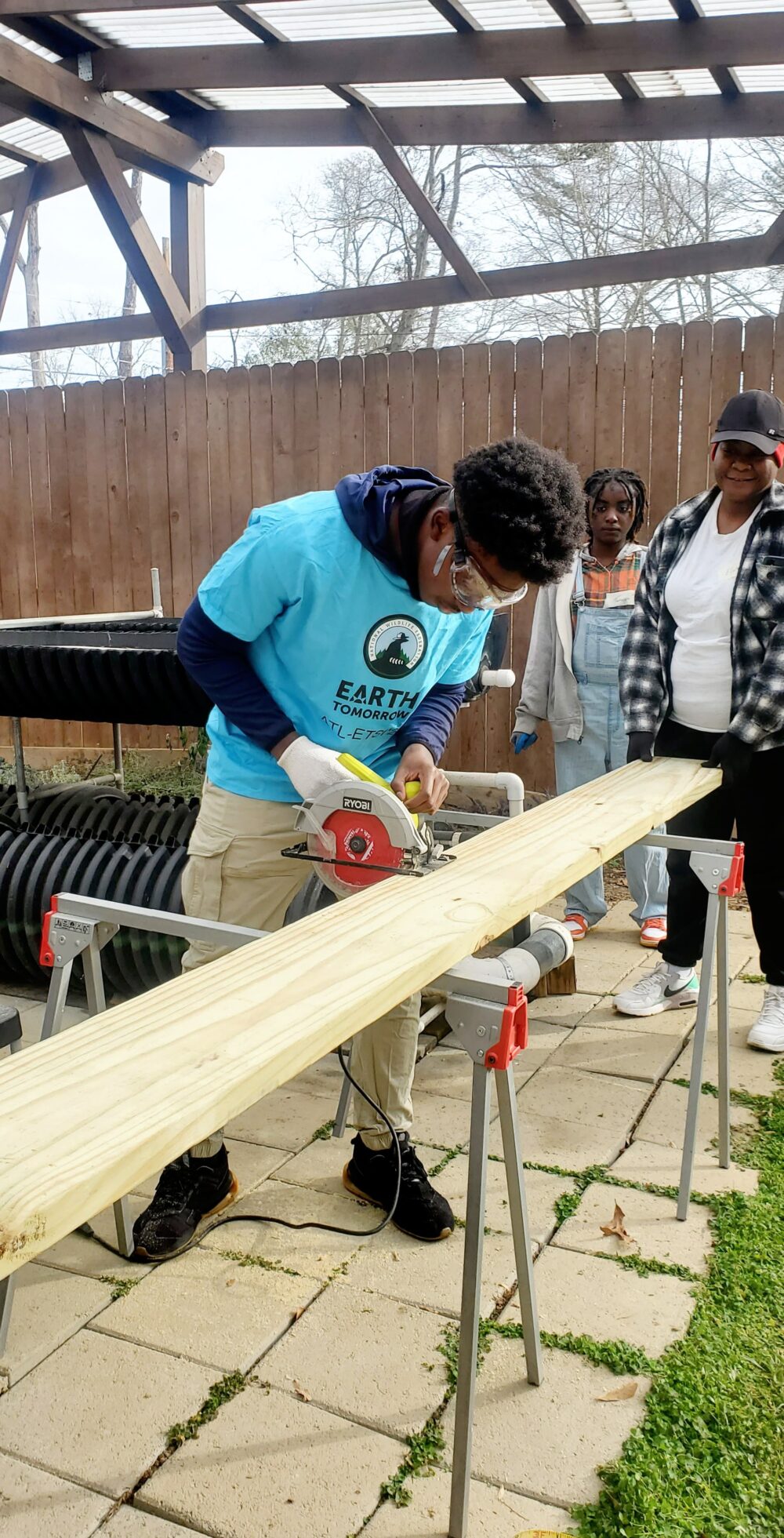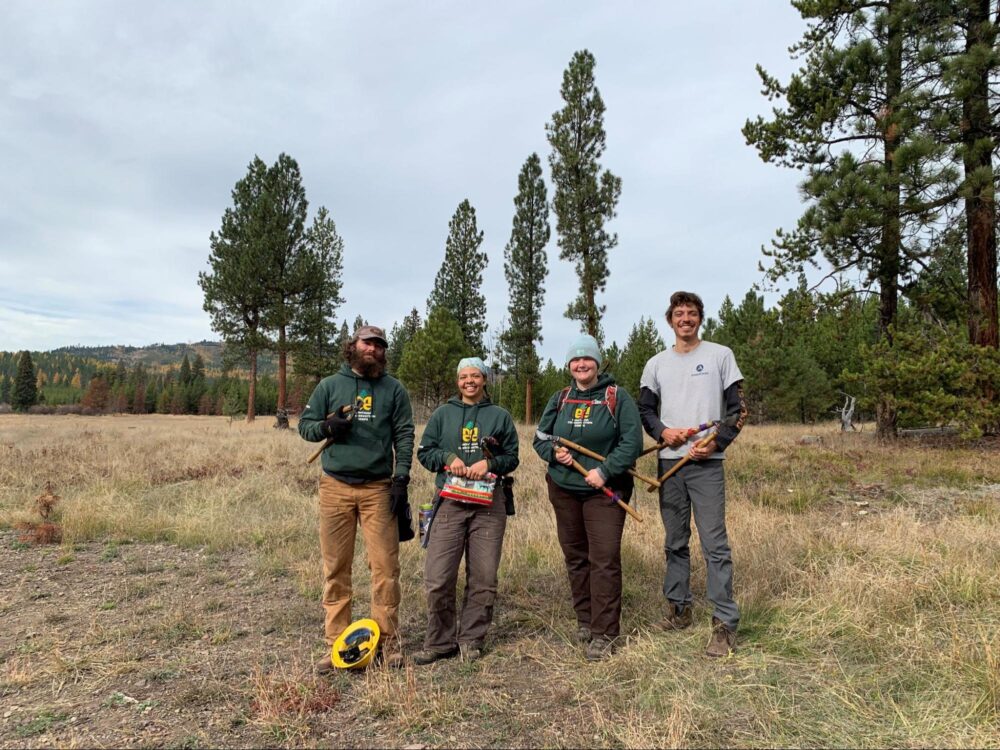We have much more to do and your continued support is needed now more than ever.
Hands Off That Hood! Saving Energy in the Lab
NWF
November 10, 2009
University laboratories are already known to consume five to ten times more energy than any other building on campus. Respectively, many energy-saving campaigns have been targeted at these laboratories, including managing how researchers operate their fume hoods. A budding market for automatic sash closers could yield substantial energy savings and greatly reduce laboratory operating costs, without requiring that researchers remember to close the hoods, but the units themselves are costly.
“The potential savings are huge,” says Robert Washburn, Director of Facilities Management at Southern Illinois University Edwardsville (SIUE). Washburn has been closely examining the latest trends in fume hoods and automatic sash closers because he will be overseeing the purchase of 140 of them for the new SIUE Science building scheduled to open by Fall 2011.
Automatic sash closers have occupancy sensors covering the area immediately in front of the hoods. When a user steps in front of the work area, the hood sash opens to its operating position, which is 18 inches. When the user leaves the immediate area, the sash closes. There is an additional sensor on the bottom of the hood that prevents it from closing if something is in its path, “much like the garage door sensors that we played with as a kid, making the door come to a stop,” Washburn adds.
Research has indicated that fume hoods are only attended five percent of the working hours in a laboratory, which is less than 30 minutes a day, and yet fume hoods are often left open 24 per day. Moreover, fume hoods come in two standard variations, but only one has the greatest potential to save money and energy.
CV (Constant Volume) fume hoods maintain a constant CFM (cubic-feet-per-minute) velocity of air regardless of having its sash opened or closed, and VAV (Variable Air Volume) fume hood varies its CFM based on whether its sash is opened or closed, and by how much the sash is open.
An automatic sash closer will only work on VAV fume hoods, and conversely, remembering to shut the sash on a CV fume hood does nothing to save energy because the unit still draws its air from a bypass valve in order to maintain its constant volume. UC-Irvine is in the process of retrofitting their existing CV systems into VAV systems, one building at a time, in order to increase the effect of their campaign.
When a typical VAV fume hood is opened, its “face velocity,”–essentially the velocity of the air moving over the face of the working area–runs at 100 fpm (feet-per-minute). When the VAV fume hood is fully closed, it must continue to exhaust air at a minimum speed of 50 CFM for a standard 24-inch deep work surface in order to prevent fumes from building up inside the closed hood. The minimum airflow (50 CFM) equates to about 20 percent of the maximum airflow (100 fpm) when the fume hood sash is fully open.
“Researchers really like the automatic sash closer,” says Washburn, “especially when their hands are full. Having their hands full is actually one big reason why traditional fume hoods are left open, because researchers are often working between two areas and have to leave the fume hood area to fill their hands with equipment and come back. Automatic sash closers take the user out of the equation.”
Washburn expects that by using automatic sash closers and integrating other suggestions from Labs21, an energy efficiency guide for laboratories co-sponsored by the EPA and U.S. Department of Energy, SIUE will save $.5 million annually in operating costs of their new Science building.
The University of California-Irvine’s award-winning “Shut the Sash” campaign had interns place reminder stickers on most of their campus’s 1,000+ fume hoods, informing researchers that a closed fume hood could save up to 50,000 pounds of CO2 per year.
More recently, however, UC-Irvine became one of only a handful of University of California campuses to do pilot testing on automatic sash closers in order to evaluate their acceptance, ease of retrofit, and reliability and robustness.
“What we’ve found,” explains Joel Azpuru, Industrial Hygiene Specialist at UC-Irvine, “is that the cost of installing these systems is not always the best way to go. We think it’s always better to educate users and have them make the best decision.”
While no final decisions for or against automatic sash closers have been made at UC-Irvine, it is apparent that their “Shut the Sash” awareness campaign will continue.
“If we focus on telling people to close the sash, we’ll always win in the long run,” says Azpuru. “You’re doing the same thing as a $20,000 piece of equipment and you’re getting people to recognize what good they’re doing.”
Until more universities, however, decide whether even to install or can budget for retrofitting or replacing their fume hoods with automatic sash closers and VAV systems, individual researchers will likely continue to be reminded, rewarded and reminded again to just “shut the sash.”




















